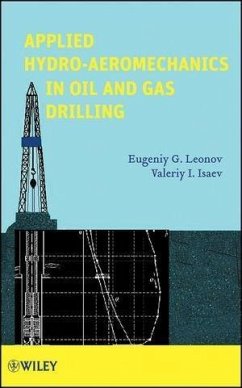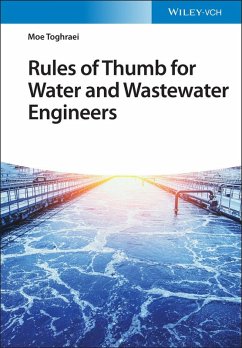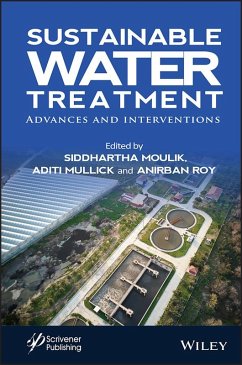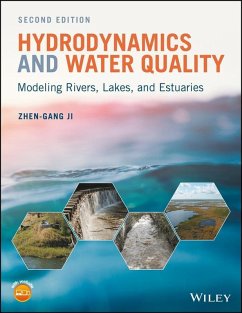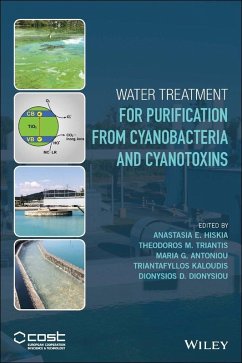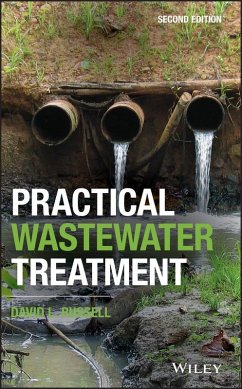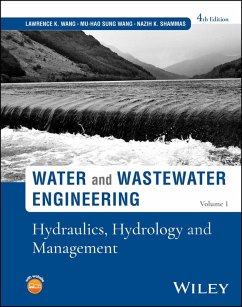
Applied Hydro-Aeromechanics in Oil and Gas Drilling (eBook, ePUB)
Versandkostenfrei!
Sofort per Download lieferbar
128,99 €
inkl. MwSt.
Weitere Ausgaben:

PAYBACK Punkte
0 °P sammeln!
An all-in-one reference combining hydrodynamic theory with drilling applications for the design, planning, and optimization of drilling operationsHydromechanical processes underlie the majority of technology operations in drilling and present a crucial concern as the pace and depth of drilling increasesin today's energy-hungry world. Applied Hydro-aeromechanics in Oil and Gas Drilling offers a unique resource for properly modeling and understanding the hydro-dynamic forces affecting a drilling site. Combining hydrodynamic theory with specific drilling applications, this coverage provides reade...
An all-in-one reference combining hydrodynamic theory with drilling applications for the design, planning, and optimization of drilling operations
Hydromechanical processes underlie the majority of technology operations in drilling and present a crucial concern as the pace and depth of drilling increasesin today's energy-hungry world. Applied Hydro-aeromechanics in Oil and Gas Drilling offers a unique resource for properly modeling and understanding the hydro-dynamic forces affecting a drilling site. Combining hydrodynamic theory with specific drilling applications, this coverage provides readers with a comprehensive reference for designing, planning, and optimizing drilling operations.
Featuring the latest technologies and developments affecting the field, Applied Hydro-aeromechanics in Oil and Gas Drilling covers topics including:
Presenting an unmatched combination of theory, modeling issues, and concrete, illustrative examples, Applied Hydro-aeromechanics in Oil and Gas Drilling bringstogether formerly widespread technical information to offer a systematic and methodical guide. It is an essential reference for both students and researchers studying fluid mechanics, as well as engineers and other professionals working in the oil and gas industry.
Hydromechanical processes underlie the majority of technology operations in drilling and present a crucial concern as the pace and depth of drilling increasesin today's energy-hungry world. Applied Hydro-aeromechanics in Oil and Gas Drilling offers a unique resource for properly modeling and understanding the hydro-dynamic forces affecting a drilling site. Combining hydrodynamic theory with specific drilling applications, this coverage provides readers with a comprehensive reference for designing, planning, and optimizing drilling operations.
Featuring the latest technologies and developments affecting the field, Applied Hydro-aeromechanics in Oil and Gas Drilling covers topics including:
- The physics of hydro-aeromechanical phenomena in drilling processes
- Calculation methods for understanding and designing circulation systems for the washing, blasting, and cementing of wells
- Problems of interaction between wells and reservoirs
- Problems with the fluid, gas, and liquid-gas mixture flows necessary in designing and building of wells
Presenting an unmatched combination of theory, modeling issues, and concrete, illustrative examples, Applied Hydro-aeromechanics in Oil and Gas Drilling bringstogether formerly widespread technical information to offer a systematic and methodical guide. It is an essential reference for both students and researchers studying fluid mechanics, as well as engineers and other professionals working in the oil and gas industry.
Dieser Download kann aus rechtlichen Gründen nur mit Rechnungsadresse in D ausgeliefert werden.




